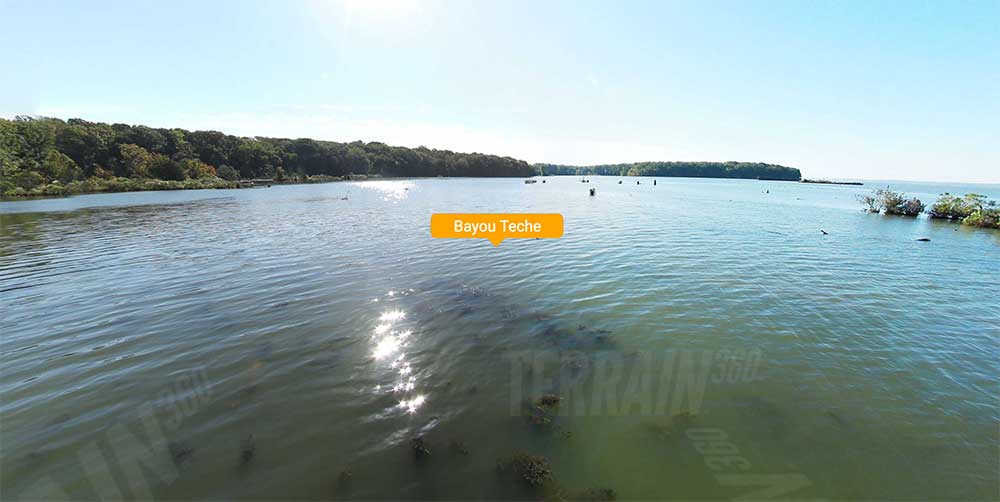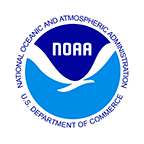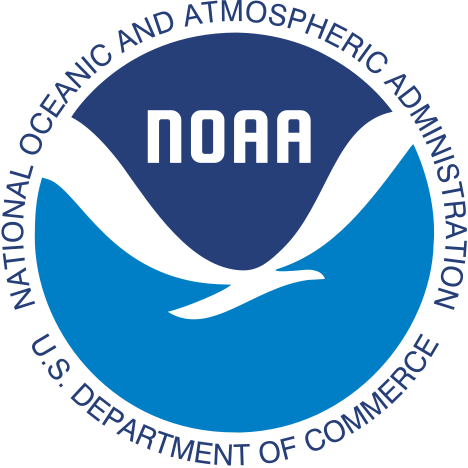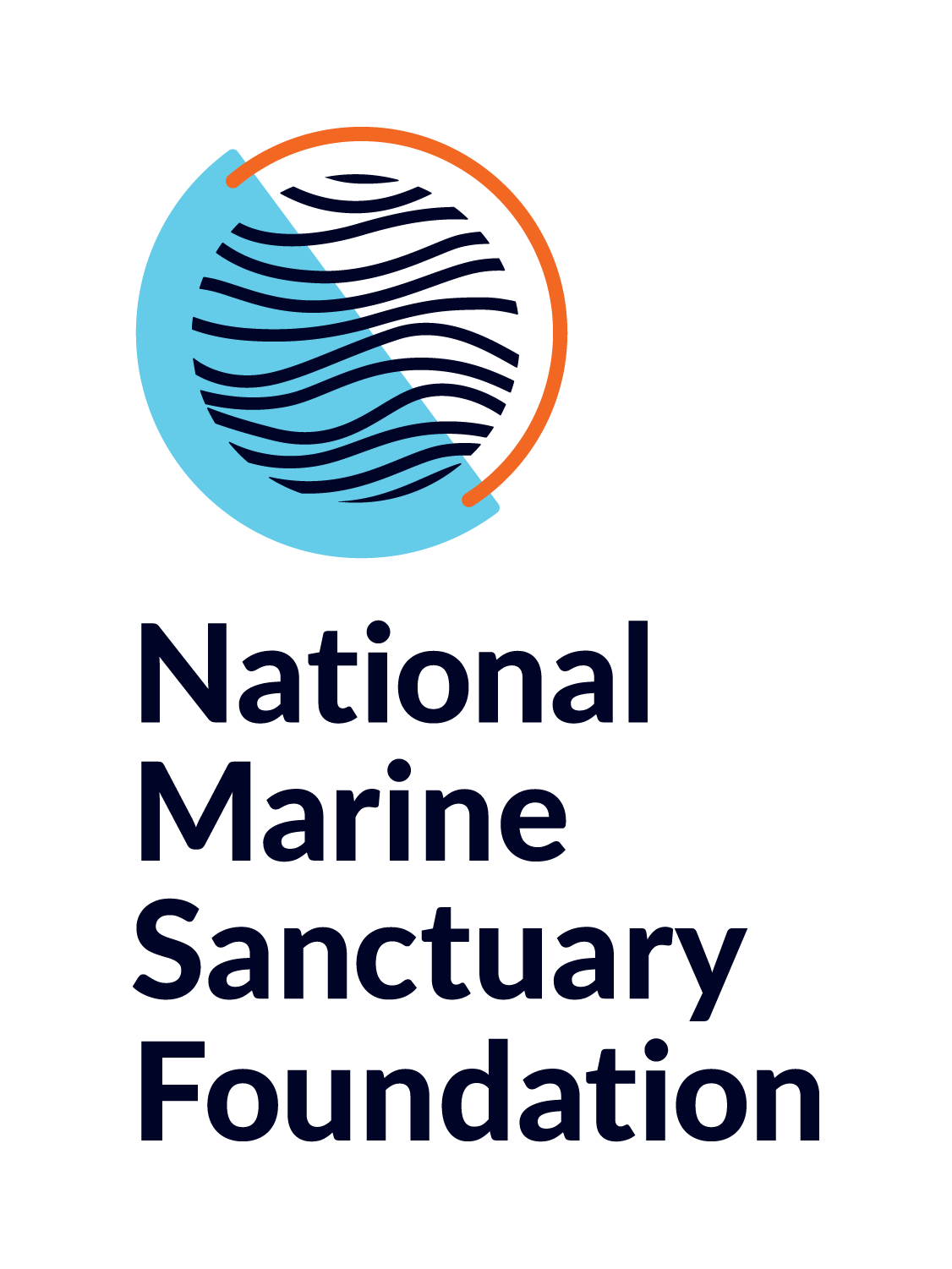Mallows Bay EMERGENCY & SAFETY INFORMATION
Due to the location of the park, during an emergency please call the Charles County Sheriff’s Department, they will connect caller with the county 911 services.
The number is 301-932-2222
*Please install this number on your device.
PADDLING SAFETY TIPS
- ALWAYS WEAR YOUR LIFE JACKET.
- PADDLE WITH OTHERS IF POSSIBLE.
- COLD WATER TEMPERATURES ARE HAZARDOUS TO PADDLERS. Paddling is recommended between May and September.
- WHEN PADDLING IN WIND, STAY CLOSE TO SHORE. • RESPECT WILDLIFE. Animals and birds should be viewed from a distance.
- BEWARE OF HIDDEN WRECKS. It is dangerous to travel through the central shipwreck cluster, especially during high tide when ship remains lie just below the waterline and are invisible to the paddler.
Mallows Bay 360° Video
A Historical Treasure
At Mallows Bay-Potomac River National Marine Sanctuary, the synergy of history and nature provide a truly unique experience. There’s something for everyone, whether you prefer to walk the shore, view wildlife, fish, or paddle the waters. The ships emerge at low tide and provide habitat important to osprey, bald eagles, herons, and an array of fish, plants, and animals.
The Sanctuary protects and interprets the remnants of more than 100 World War I-era wooden steamships – known as the "Ghost Fleet" - and other maritime resources including indigenous history and culture dating back nearly 12,000 years.

Osprey nest atop the Accomac
Getting There
AMENITIES:
Include a boat ramp, soft launch, portable toilets, parking, walking trail, interpretive signs, and picnic area.
HOURS:
The park is open daily from 5:30 am to sunset.
Interactive Map
Click a marker to explore the paddle trail
Digital Paddle Tour
Printable VersionLaunch Point
Paddle at your own risk. Vessel sites are fragile and potentially hazardous. Please do not paddle, walk, or climb over the wrecks. Dangerous metal objects lie below the surface of the water may not be visible. Not recommended for inflatable kayaks or stand up paddleboards.The Accomac
Built as the Virginia Lee in 1928 at Quincy, Massachusetts, the ship provided convoy duty and hauled strategic war materials during World War II. After the war and several owners later, it began operating as a ferryboat between Boston, Plymouth, and Provincetown. While transiting to Houston, Texas, the ship was damaged in a storm off Cape Hatteras, North Carolina. Once again, it was sold and overhauled, this time to make it capable of hauling 70 cars and 1,200 passengers. A fire in 1964, took the ship permanently out of commission and around 1973 it was brought to Mallows Bay and abandoned.The Benzonia
Benzonia was built as part of the WWI shipbuilding effort to provide cargo vessels quickly, but ultimately was never fully utilized to this end. Although not highlighted for the work it accomplished, Benzonia is now an excellent example of the unpredictable and awesome force of nature. In 2003, the remains of Benzonia were lifted on top of another USSB wreck, Caribou, during hurricane Isabel. Overtime, vessels have shifted from their original positions of 1929, due to seasonal current changes and weather patterns, but the Benzonia wreck may be the most striking among the Ghost Fleet.The Namecki
Namecki is a “Ferris” built vessel, one of many that make up the Ghost Fleet. A “Ferris” built vessel gets its name from Theodore E. Ferris, a senior architect for the United States Shipping Board (USSB). The idea was to standardize these emergency ships with similar designs that could be built at yards all across the United States. Each “Ferris” ship measured approximately the same, 282 feet long, and 3,500 deadweight tons. Four of these vessel types were built at the Tampa Dock Company, with Namecki being the first.The Aowa
This site is considered to be among the best preserved wooden steamship wrecks in the sanctuary, with the propeller shaft tunnel as one of the most notably preserved features at the site. The propeller shaft has at least five shaft casing mounts still in place. Unfortunately however, due to its position on the outer tier of remaining vessel sites, this exposes the remains to frequently turbulent water conditions, and submersion during high tide, making it one of the most difficult to access. The hull has been in its present location since at least 1929.The Mono
Mono was a “Hough” type built vessel, differing from the majority of “Ferris” type vessels that were built for the war effort. Edward S. Hough, a San Francisco naval architect devised a vessel design that was intended to be a maximum cargo carrier of simplest construction and was far more adaptable to use of young, yellow pine lumber than was the “Ferris” ship. Due to resource constraints, no fewer than eight basic wooden vessel types and one composite vessel type were utilized to produce the wooden emergency fleet vessels.The Yawah
The story of Yawah may not be lengthy, but it is telling of the industrial boom that resulted due to the shortage of cargo vessels at the outset of the war. With the implementation of the U.S. Emergency Fleet Corporation, contract orders were sent out all across the country to build up the cargo fleet. Seemingly overnight, small towns with waterfront access were turned into massive shipyards. At the Shattuck Shipyard near Portsmouth, New Hampshire, where Yawah was built, close to 8,000 workers came together, by rail from towns over, to work on these vessels. Laboring day and night, a sense of community and pride was felt by the workers.The Casmalia
The short work lives of vessels like Casmalia demonstrates that sometimes the necessities of war do not always fit into peacetime operations. The perceived need for the large number of cargo vessels to move war material across to Europe, never materialized in the fashion leaders envisioned, as the war drew to a close before the effectiveness of this emergency fleet could be realized. These wooden cargo vessels were not intended for long commercial careers, rather, they were designed to meet an immediate military need, using abundant available resources (wood) that did not affect other war production, and in that regard, their usage could be considered a success.The Bayou Teche
At the time of one of the surveys taken of the remains of Bayou Teche, it was noted that the wild vegetation of hydrilla hampered further investigations. Hydrilla is an invasive aquatic plant that originated in Asia, but has taken root in waterways all across the United States. Hydrilla affects water quality as it crowds out native species and impedes irrigation. It is also a nuisance to boaters and can foul up a boat propeller quickly if not careful. For information on hydrilla and other invasive species, visit https://www.invasivespeciesinfo.gov/.Three Sisters Wrecks
Moosabee, Dertona, and an unidentified vessel, make up a location that is often referred to as “The Three Sisters.” These sites are located close to the shore, up against the bluff, and are furthest away from the open water. Each vessel contains substantial vegetation, covering most of the open surface of the vessels. The unidentified vessel has also been home to a blue heron, demonstrating that while these vessels are no longer useful as cargo ships, they have now become an important part of the local ecology. These vessels now provide sanctuary to birds and other animals, as well as different vegetation, allowing for nature to be on true display.The "North Bend"
The vessel North Bend is notable as it was the first steamship completed for the United States Shipping Board (USSB), taking 120 days to complete. News of the completion made its way to the East Coast, and soon thereafter, the competitiveness of the coastal communities took hold. Efforts to produce vessels faster and make record times helped to build pride in the mission. The Emergency Fleet Corporation contracted building efforts on the East Coast, West Coast, and the Great Lakes, all in an effort to quickly build a massive cargo fleet aimed at helping the war effort.Flower Pot Wrecks
These two unidentified vessels are nicknamed flower pots for the dense and varied vegetation they contain including a number of flowering plants and shrubs. The hulls were weighted with rocks to restrict their movement and these collected sediment and seeds over time turning them into artificial islands. With their bows turned shoreward, a cable from one is permanently seized in an overgrown donkey engine from a long-gone marine railway.The "Boone"
Boone was among the 95 USSB steamships in the celebrated “Tidal Wave” of national ships launching on July 4, 1918. On this date, close to 100 vessels were launched from shipyards all across the United States, marking the greatest ship-launching day in history. Of the 95 vessels that were launched on this date, 53 were part of the wooden emergency cargo fleet, like Boone. Additionally, vessels like Bayou Teche, Mono, and Cumberland, all vessels located in Mallows Bay-Potomac River, all took part in this ceremonial event.Gateway to Bethlehem
The lock-like burning basin in the back of Mallows Bay was constructed by Bethlehem Steel in late 1942 or early 1943. The area was modified with the intention of holding 15 hulls at once. The gate was just wide enough to permit one hull at a time to be floated into the basin. The water was then to be pumped out, the vessel burned and the metal retrieved. However, the first 11 vessels that floated into the basin sank into the soft bottom when the water was removed and proved extremely difficult to burn. Only one other vessel is known definitively to have been scrapped before operations ceased mostly by September 1944 and completely by January 1945. It had not proven a cost-effective endeavor.Barge Wreck
The remains of a wooden barge are located within the Burning Basin. It was used by Bethlehem Steel during the creation of the Burning Basin and placed in service in 1942 - 1943. It was likely used as a work platform and for hauling dredge spoil, cargo, and scrap during the disposal operation. Iron fittings are still evident so take care when navigating around the remains.The Sea Scout
The “Sea Scout” boat is believed to be a U.S. Army Air Force 104-foot “crash boat;” a WWII fast response boat to rescue downed pilots. It was subsequently used as a training vessel by Sea Scouts and abandoned in the burning basin some time between 1964 and 1980.Wild Rice
Wild rice has a round, hollow, upright stem and can grow to 10 feet tall. Its long, flat leaves have rough, toothed edges and can grow up to 16 inches in length and 2 inches wide. Immature plants have long, ribbon-like underwater leaves. The flower head has two sections: a feathery, upright female flower at the top of the stem and dangling male flowers on branches just below. Flowers bloom June through August.Mallows Bay Current Conditions
April 16, 2024 02:15 AM
Forecast
NOAA Data

Water Level
NOAA Data























